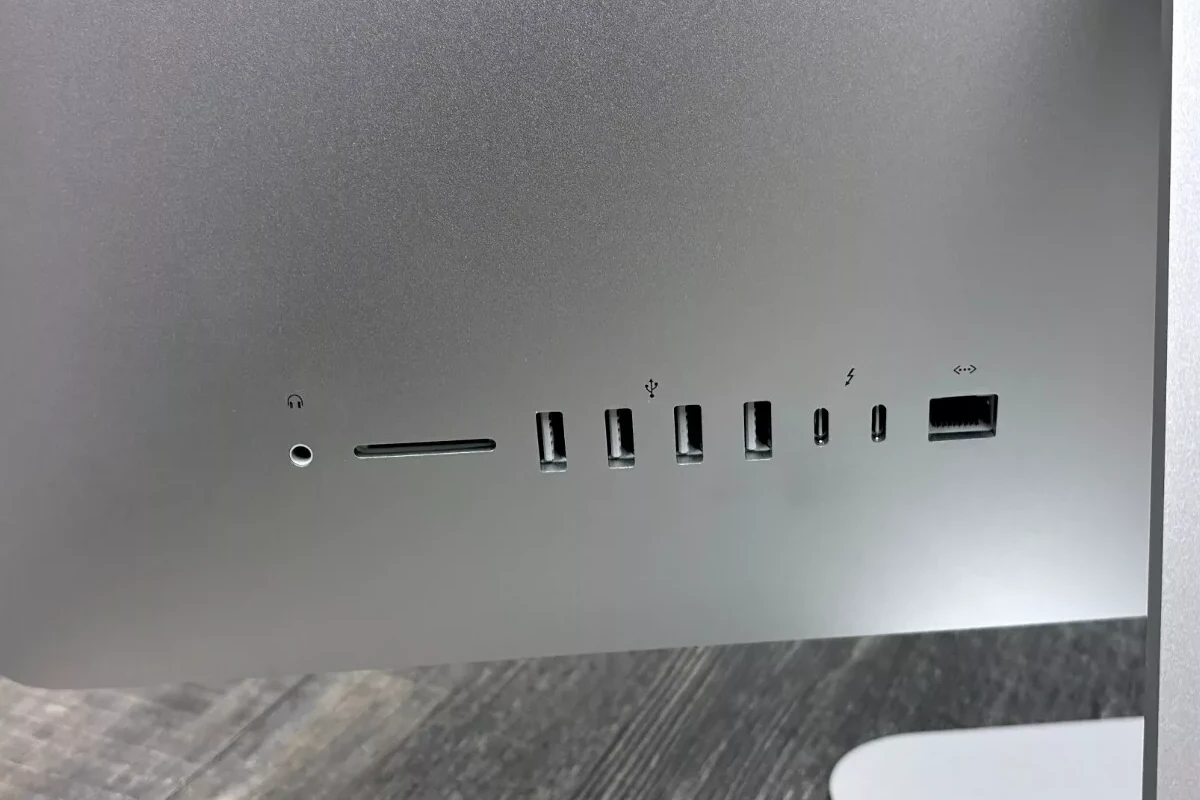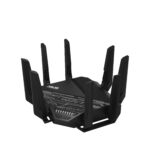USB port issues on Mac computers can be quite frustrating, especially since these problems can prevent you from using external devices like hard drives, keyboards, and mice. Fixing USB port problems often involves checking connections, trying different ports, and updating your software. Many Mac users experience USB issues at some point, but the good news is that most of these problems have simple solutions.
Sometimes, the fix is as easy as unplugging and reconnecting the device. Other times, you may need to restart your Mac or check for loose cables. If these basic solutions don’t work, there are more advanced steps you can try. These include checking your Mac’s System Report, resetting the SMC, or using Disk Utility. With a little patience, you can usually get your USB ports functioning again.
Troubleshooting USB Port Issues on a Mac
USB ports are essential for connecting peripherals like mice, keyboards, external drives, and printers to your Mac. When they malfunction, it can be frustrating. Here’s a guide to troubleshoot common USB port problems:
Basic Troubleshooting Steps
- Check the Obvious:
- Physical Connections: Ensure the USB cable is securely plugged into both the device and the Mac’s USB port. Try a different cable if you have one.
- Try Different Ports: Test the device in different USB ports on your Mac. Some ports might be faulty while others work fine.
- Restart Your Mac: A simple restart can often resolve temporary glitches.
- Check for Debris: Inspect the USB ports for dust, lint, or any foreign objects that might be obstructing the connection. Use compressed air to clean them carefully.
- Device-Specific Checks:
- External Drives: If it’s an external drive, ensure it’s properly formatted and has its own power source if required.
- Peripherals: For peripherals like mice and keyboards, check if they have an on/off switch and ensure they are turned on.
Advanced Troubleshooting
- System Information:
- USB Device Tree: Go to “About This Mac” > “System Report” > “USB.” This shows you a list of all USB devices connected to your Mac and their status. Look for any error messages or devices that aren’t recognized.
- Resetting:
- SMC (System Management Controller) Reset: This can resolve power-related issues that might affect USB ports. The steps to reset the SMC vary depending on your Mac model (check Apple’s support website for specific instructions).
- NVRAM/PRAM Reset: This can reset certain system settings, including those related to USB. To reset NVRAM/PRAM, restart your Mac and immediately press and hold Option-Command-P-R until you hear the startup chime twice.
- Software Updates:
- macOS Updates: Ensure your macOS is up to date. Updates often include bug fixes and driver improvements that can address USB issues.
- Device Drivers: Check the manufacturer’s website for any updated drivers for your USB device.
Persistent Problems
- Hardware Issues: If none of the above solutions work, there might be a hardware problem with the USB port or your Mac’s logic board. In this case, you’ll need to contact Apple Support or an authorized service provider for further diagnosis and repair.
USB-C and Thunderbolt
Modern Macs primarily use USB-C ports, which are also compatible with Thunderbolt. These ports offer high-speed data transfer and can even power your Mac. Here are some specific tips for USB-C/Thunderbolt ports:
- Compatibility: Ensure your USB-C cables and devices are fully compatible with your Mac’s specifications.
- Alternative Modes: USB-C supports different modes like DisplayPort for video output. If you’re having trouble with video output through USB-C, check your monitor and cable compatibility.
- Thunderbolt Issues: If you’re experiencing problems with Thunderbolt devices, make sure they are connected directly to your Mac’s Thunderbolt port and not through a hub or adapter.
By following these troubleshooting steps, you can often resolve USB port issues on your Mac and get your devices connected again.
Key Takeaways
- USB port issues on Macs are common but often have simple fixes
- Check connections and try different ports before moving to advanced solutions
- Software updates and system resets can resolve persistent USB problems
Diagnosing USB Port Issues
USB port problems on Macs can be tricky. We’ll look at how to check connections, reset key parts, and run tests to find the issue.
Understanding USB Connectivity on Mac
Macs use USB ports to connect many devices. These ports can be USB-A or USB-C. USB-C is newer and works for charging too. If a port stops working, first check the basics. Make sure the device is turned on and plugged in firmly. Try another USB cable to rule out a bad cord.
Test the device on another port. If it works there, the first port might be broken. If not, the device could be the problem. Dirty ports can cause issues too. Use a can of air to clean them out gently.
Sometimes the fix is easy. Restart your Mac and see if that helps. Check for macOS updates too. Old software can cause USB troubles.
Performing NVRAM and SMC Resets
When simple fixes don’t work, try resetting NVRAM and SMC. These store settings for your Mac.
To reset NVRAM:
- Shut down your Mac
- Turn it on and press Command + Option + P + R right away
- Hold until you hear the startup sound twice
For SMC reset on desktop Macs:
- Shut down the Mac
- Unplug the power cord
- Wait 15 seconds
- Plug it back in
- Wait 5 seconds, then turn it on
For MacBooks, the steps are a bit different. These resets can fix many USB issues.
Running Hardware Tests and Scans
If problems persist, run Apple Diagnostics. This checks for hardware issues.
To use Apple Diagnostics:
- Unplug all external devices except keyboard, mouse, display, Ethernet if needed
- Restart your Mac
- Press and hold D as it starts up
- Follow the on-screen steps
The test will show any problems it finds. Write down any error codes.
Also, run a virus scan. Malware can mess with USB ports. Use trusted antivirus software for this.
If these steps don’t work, your USB port might need repair. Contact Apple Support or visit an Apple Store for help.







